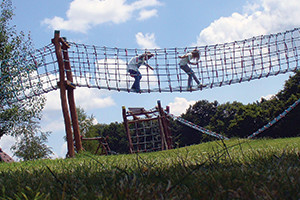The playground can be a fun and exciting place for your child to get his or her energy out. There are jungle gyms, climbing elements, swings, and so much more. But with a trip to the playground comes the risk of injury. Help reduce your child’s chance of getting hurt at the playground by following some simple playground safety tips.
You can’t prevent your child from getting some bumps and bruises when they play. But there are ways to keep your children safe while at the playground. Read on to learn more about playground safety.
1. Always provide adult supervision
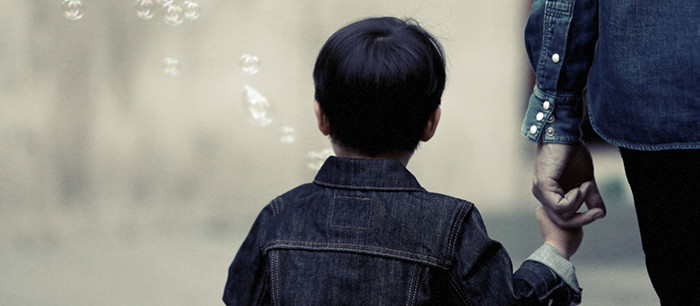
One of the most important things at the playground is to supervise your child, no matter his or her age. Watch to make sure your child is using the playground equipment properly, and instruct him or her on how to use it safely.
Keep an eye out to be sure your child is playing with other children in a safe manner. Correct any wrong behavior, including pushing, shoving, name calling, or any other aggressive behavior.
Want to learn more ways to keep your child safe? Read these back to school safety lessons you should teach your kids.
Also remember not to get distracted by your cell phone, or get too deep in conversation with another parent that you don’t watch your child. Keep an eye on your kids at all times, and be prepared to administer first aid if needed.
2. Bring a first aid kit

Whether you travel to the playground by car, bike, or with a stroller, it’s a good idea to pack a first aid kit. Having one on hand means you’ll easily be able to disinfect and bandage any cuts and scrapes your child might get while playing.
Check your first aid kit to make sure the items inside aren’t expired. If you use a bandage or other item out of the kit, make sure you replace it as soon as you get home. Adding gloves to a first aid kit is a great way to stay safe around blood if you need to help another child who’s fallen or become injured.
3. Wear proper footwear
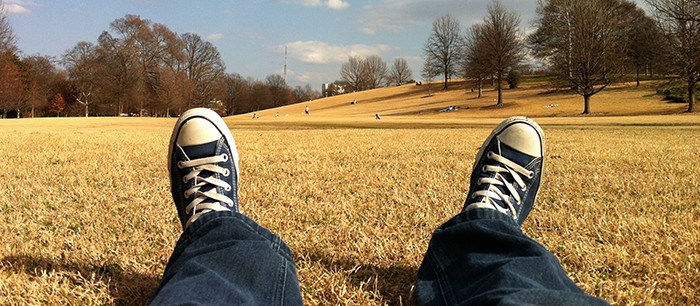
Your child should wear proper footwear at the playground. Closed-toed shoes are recommended. While a child may want to wear flip flops on a warm day, instruct them that sneakers or another form of sturdy footwear is a safer choice.
Wearing the proper shoes at the playground can prevent tripping and falling, stubbed toes, splinters from wood chips, burns from hot surfaces, and more. Create a good habit by having your child wear the proper footwear for every trip to the park.
4. Use sun protection
There’s nothing better than heading to the playground on a warm, sunny day. But, you should do so armed with sun protection. Apply sunscreen to yourself and your child 30 minutes before your playground trip, allowing enough time for the sunscreen to become effective.
Other good sun protection items for the playground include sun hats, sunglasses, and long sleeves if it’s not too hot out. Remember, it’s not just the bright, sunny days that pose a danger. Your child can become sunburned on an overcast day, too, if not properly protected.
5. Stay hydrated
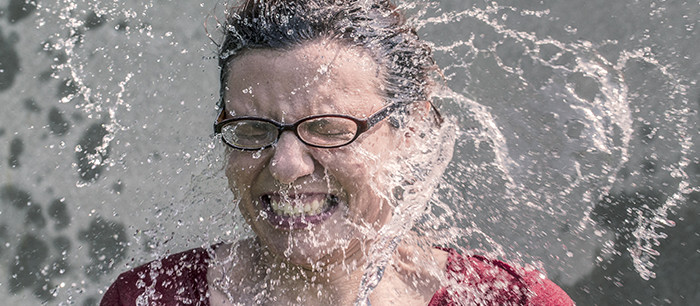
Speaking of fun in the sun, remember that it’s critical to keep your children well hydrated while they’re playing. Carry a water bottle with cool water to the park with you, and have your child take periodic breaks from playing to take a drink.
More than half of children and adolescents in the United States aren’t getting proper hydration, according to Harvard’s T.H. Chan School of Public Health. Don’t let your child be a statistic.
6. Be aware of hot surfaces
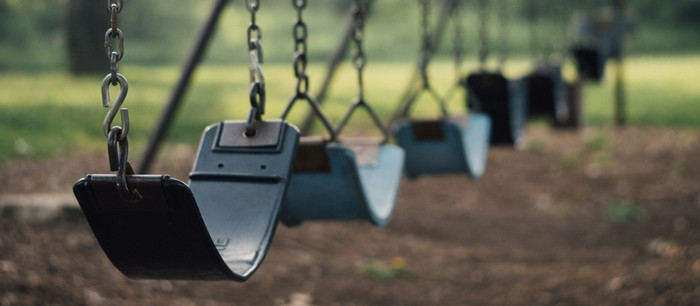
Hot surfaces are another danger at the playground on a sunny or warm day. Never allow your child to run barefoot at the playground, and also make sure equipment isn’t too hot to the touch before your child uses it.
Metal slides, swings, benches, or other playground elements can become very hot in the sun. Before your child uses such equipment on a hot day, check to make sure they aren’t too hot to the touch. Use a blanket or towel to sit on a playground element if it is too hot. Or, seek out equipment in a shady area.
7. Check the area for safety
Before your child begins playing on different elements at the playground, check to make sure there aren’t any broken or missing parts, or rusty or jagged edges on the play equipment. Also look around for any glass bottles, sharp objects, or small items that could be a choking hazard.
Make sure your child’s outfit is safe for the playground. Don’t allow your kids to wear clothing that is too loose, or jewelry or scarves that could get caught on playground elements, or otherwise harm your child.
Wherever you are, it’s a good idea to prepare your child for what to do in an emergency. Read these eight safety basics your child should know.

